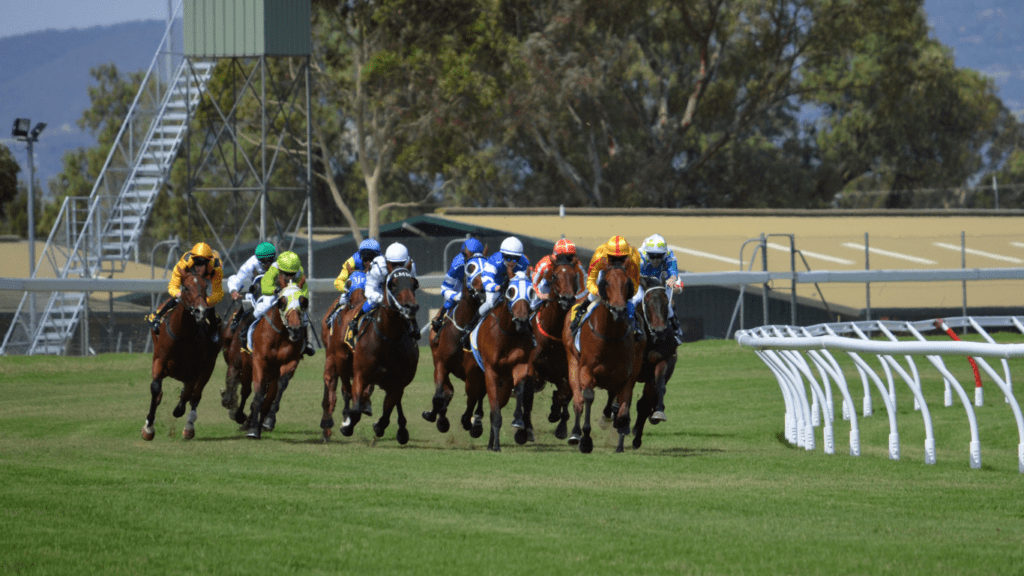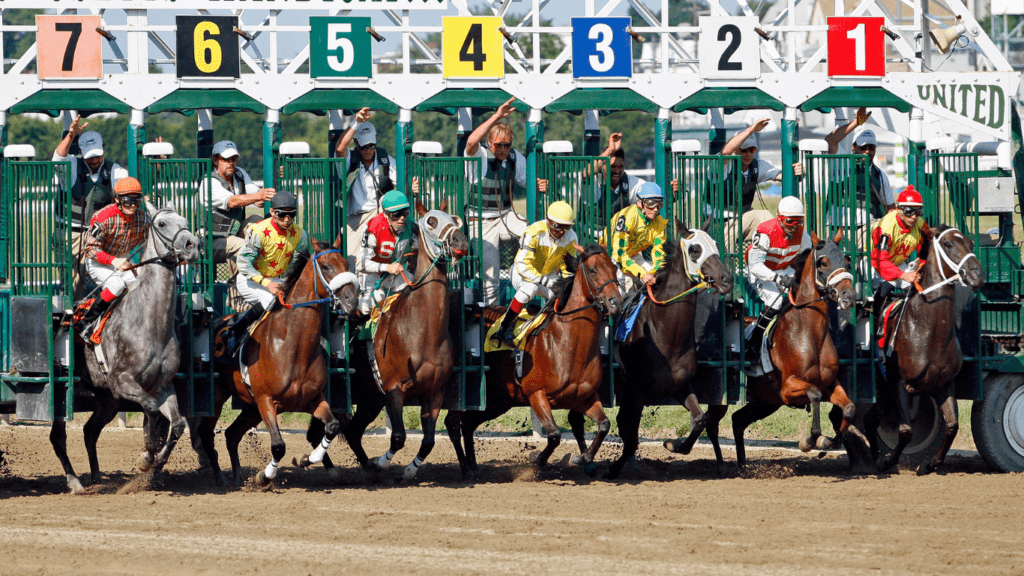Understanding Track Conditions
Track conditions profoundly impact horse racing outcomes, influencing both race strategies and betting odds. Gaining a deep understanding of them empowers bettors to make more informed wagers.
Types of Track Surfaces
Different track surfaces present varied challenges. Dirt tracks, common in the US, offer a fast racing surface but can become slick when wet. Synthetic tracks use materials like Polytrack that provide consistency regardless of weather conditions, reducing variability. Turf tracks, often used in Europe, pose distinct challenges as they vary significantly with weather, becoming soft and slower when wet. Knowing how horses perform on these surfaces is crucial.
Track Maintenance Practices
Effective track maintenance optimizes conditions for both safety and performance. Regular grading maintains a level surface on dirt tracks, preventing the accumulation of water. Drainage systems, critical in handling precipitation, ensure that surfaces remain consistent. Moisture control on turf tracks is vital, achieved through irrigation and strategic mowing. Understanding these practices helps in predicting how conditions might evolve during race day.
The Role of Weather in Horse Racing
Weather greatly influences horse racing outcomes. It’s crucial for bettors to consider weather conditions to make informed decisions.
Impact of Rain and Muddy Tracks
Rain transforms tracks into muddy surfaces. Horses accustomed to dry conditions may struggle with footing and balance. Muddy tracks can increase injury risk, affecting race strategy. Studying a horse’s past performance in rainy conditions helps predict outcomes.
Temperature and Its Effects on Performance
Temperature plays a significant role in race performance. Extreme heat can lead to dehydration and fatigue, slowing horses down. Conversely, cold weather might stiffen muscles, impacting agility. Evaluating how horses previously performed in similar temperatures aids prediction accuracy.
Wind Speed and Direction
Wind influences both speed and strategy on the track. Strong headwinds slow horses, while tailwinds offer a speed advantage. Wind direction can alter race pacing and positioning. Checking wind forecasts allows bettors to adjust strategies effectively.
How Weather Forecasts Influence Race Strategy

Weather forecasts play a crucial role in horse racing strategy, affecting both the racetrack and the horses’ performance. By anticipating weather changes, bettors can adapt their strategies to improve their chances of success.
Adapting Betting Strategies to Weather Conditions
- Weather conditions can dramatically shift race dynamics.
- If rain is expected, I’ll consider horses with strong performances on wet or muddy tracks, as these conditions require excellent balance and stamina.
- Dry, sunny days might favor horses with high speeds due to firmer tracks.
- Adapting bets to predicted temperatures is also essential; extreme heat could affect horses’ endurance, necessitating adjustments in betting strategy.
- On colder days, I might focus on horses with proven resilience in chilly conditions.
Key Indicators to Consider
Accurate weather forecasts offer valuable indicators for betting. I look at precipitation forecasts closely since they impact track surface and drainage. Temperature forecasts help me judge potential effects on horses physically, such as dehydration or muscle tension. I also consider wind speed and direction predictions, as strong winds can either hinder or aid performance, influencing how jockeys plan their race strategy. Understanding these weather-related factors enhances my ability to place informed bets.
Historical Case Studies
Examining past races impacted by weather provides insights into how these variables influence outcomes. Analysis of these cases offers valuable lessons for bettors.
Notable Weather-Influenced Races
The 2009 Breeders’ Cup Classic showcased the impact of weather on race results. The track conditions were synthetic, and heavy rain preceded the event. Zenyatta, a mare known for her prowess on such surfaces, clinched a dramatic victory. This case demonstrated how certain horses excel in wet conditions and influence odds dramatically.
The 1973 Belmont Stakes, featuring Secretariat, highlighted how track conditions affect speed and performance. The race day was clear, and the track dry, allowing Secretariat to set a still-standing record. The favorable weather allowed optimal performance, underscoring the importance of understanding how weather can be advantageous for particular horses.
Lessons Learned from Past Races
Analyzing these races reveals critical betting strategies. Identifying horses with a history of excelling in specific weather or track conditions could increase betting accuracy. These case studies show that meticulous research into historical performance under similar conditions boosts predictive abilities.
Paying attention to trainers with proven adaptive strategies in various weather situations provides additional insight. Successful bettors leverage these insights, aligning their strategies with prevailing weather forecasts and track conditions.
Practical Tips for Bettors
Staying informed and adaptable boosts my horse racing betting success. By leveraging tools and weather insights, I can make more informed decisions.
Tools for Monitoring Track Conditions
Using various digital platforms keeps me updated on track conditions. Websites like Equibase provide:
- real-time data on surface changes
- track biases
- recent maintenance
which helps me anticipate race dynamics. Mobile apps like Horse Races NOW offer alerts and notifications about sudden track alterations, allowing me to adjust my bets in real-time. Engaging with social media accounts from reputable race tracks also gives me quick updates from ground personnel, enhancing my situational awareness.
Analyzing Weather Reports for Better Bets
I rely on accurate weather forecasts to refine my betting strategy. Consulting sources like Weather.com ensures I’m aware of impending rainfall or temperature shifts that could affect track surfaces. Historical weather data services like Time and Date help me evaluate trends in how specific tracks react to certain conditions, improving my ability to predict outcomes. Including local meteorological reports provides insights into wind speed and direction, enabling me to watch for these critical variables. By integrating these detailed weather analyses into my betting plans, I gain a competitive edge.



